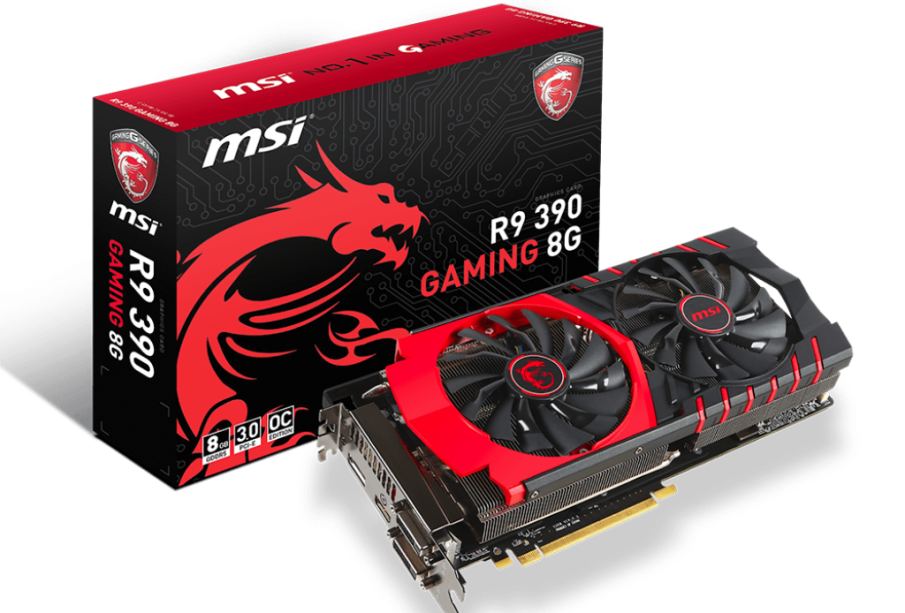AMD: Driving Innovation in the Semiconductor Industry

Introduction
Advanced Micro Devices (AMD) has been a pivotal player in the semiconductor industry, contributing significantly to both the computing and gaming sectors. With recent developments in technology and a surge in consumer demand for high-performance products, AMD’s innovations are more relevant than ever. As the company competes closely with rivals like Intel and NVIDIA, the implications of its advancements impact consumers, businesses, and the broader tech ecosystem.
Recent Developments
As of 2023, AMD has made substantial strides with its Ryzen and EPYC processors, popular amongst gamers and data center operators respectively. The launch of the Ryzen 7000 series has showcased improvements in architecture, enhancing performance and energy efficiency, which are critical for today’s high-demand applications. Furthermore, AMD’s partnership with various manufacturers ensures that its technology remains accessible, amplifying its market presence.
Additionally, AMD is expanding its portfolio into areas such as artificial intelligence (AI) and machine learning, a sector that is expected to grow exponentially in the coming years. These developments are evident with the introduction of the AMD Instinct MI250X accelerator, designed specifically for AI workloads, providing higher throughput and better performance compared to its predecessors.
Market Trends and Competition
The competition in the semiconductor market is fierce. Intel’s recent releases aim to reclaim market share by focusing on improved graphics and processing capabilities. Meanwhile, NVIDIA continues to dominate the GPU space, particularly with its RTX 30 and 40 series graphics cards, creating pressure on AMD to innovate continuously.
Despite this competitive landscape, AMD has managed to gain significant market share. According to recent statistics, AMD accounted for approximately 25% of the global x86 CPU market by early 2023, a remarkable achievement in a predominantly Intel-dominated field. This upward trend is attributed to AMD’s ability to produce cost-effective, high-performance products that appeal to both gamers and professionals.
Conclusion
The future appears promising for AMD as it continues to navigate an evolving market filled with emerging technologies and growing consumer expectations. Forecasts suggest that as AMD expands into AI and further enhances its gaming and computing solutions, its influence in both the semiconductor and technology industries will grow. For consumers and businesses alike, staying informed about AMD’s developments is crucial, as these innovations will not only shape product offerings but also drive future trends in technology.









